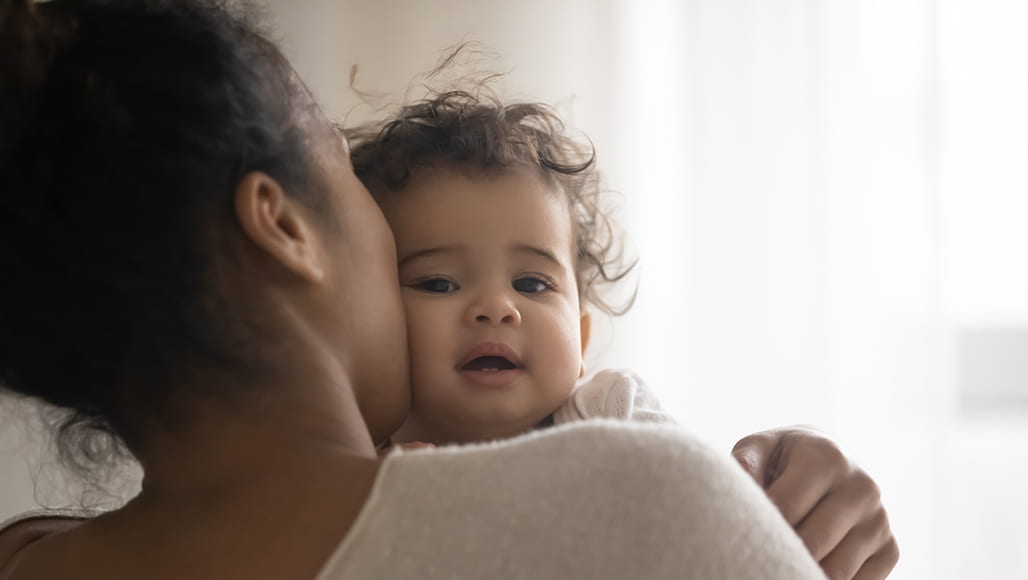After the observational study and a systematic review, Esther and the HHRS team worked together to set up the data management for the FIT (Fatigue after Infusion or Transfusion) Pilot Trial and Feasibility Study at National Women’s, Waikato and Christchurch Women’s Hospitals. The HHRS team supported the pilot trial to assess the feasibility of a future randomised controlled trial to answer the question: “Is IV-iron alone a safe and effective alternative to IV-Iron and RBC-T combined, or RBC-T alone, for clinically stable women with moderate-to-severe postpartum anaemia?”
The FIT Pilot Trial and HHRS teams aimed to randomise 20-40 women across three Te Whatu Ora areas into three treatment groups: IV iron; RBC-T; IV iron and RBC-T. The HHRS team generated three randomisation tables for each of the three Te Whatu Ora areas, and when the research personnel entered the trial participant’s NHI number into the REDCAP database, they were automatically assigned to an intervention group.
“The numbers were small, but the structure was the same as for a bigger trial. It had to be done 100% correctly.”
The study also included surveys from women about fatigue, depression, baby-feeding, and why they did or didn’t consent to being randomised, along with surveys from health professionals and research personnel, so there were many different data points.
